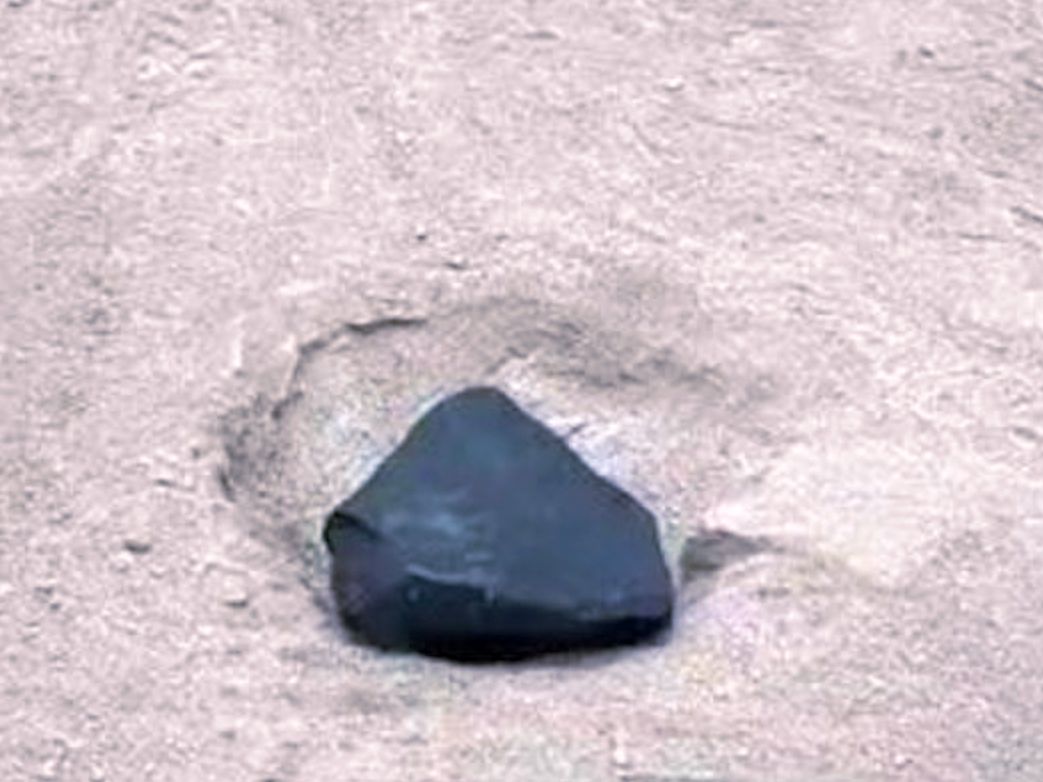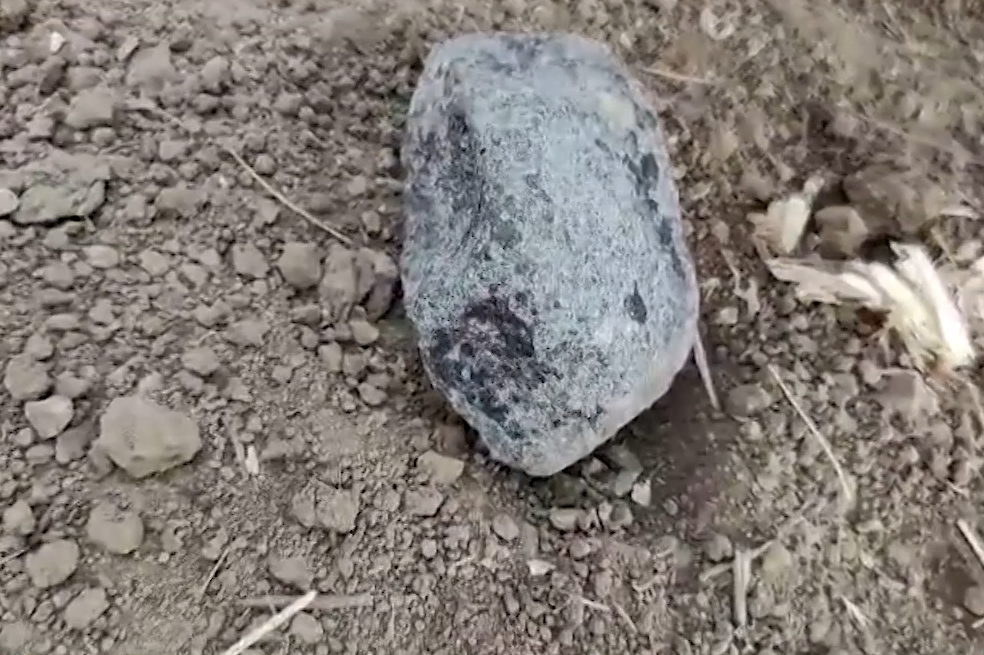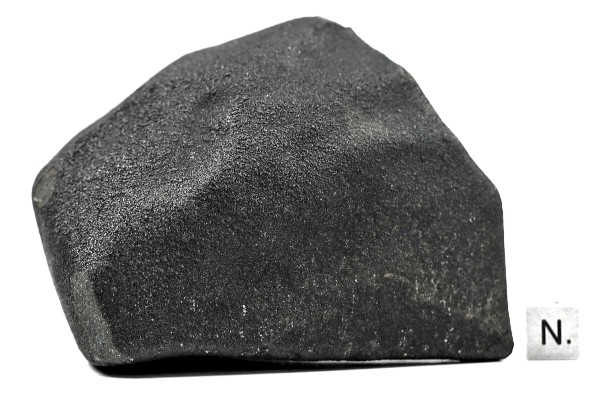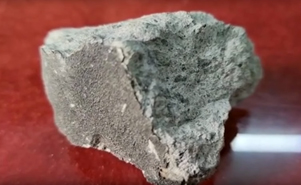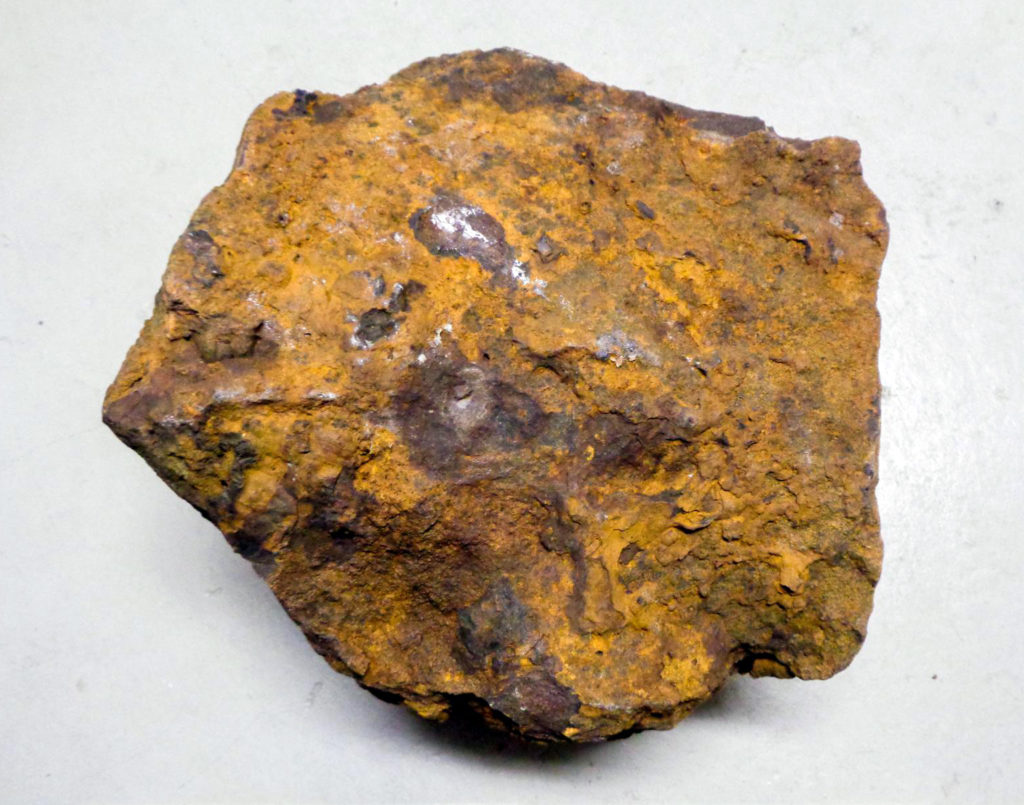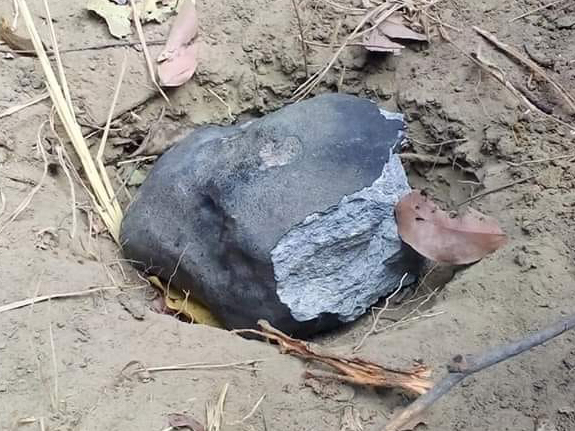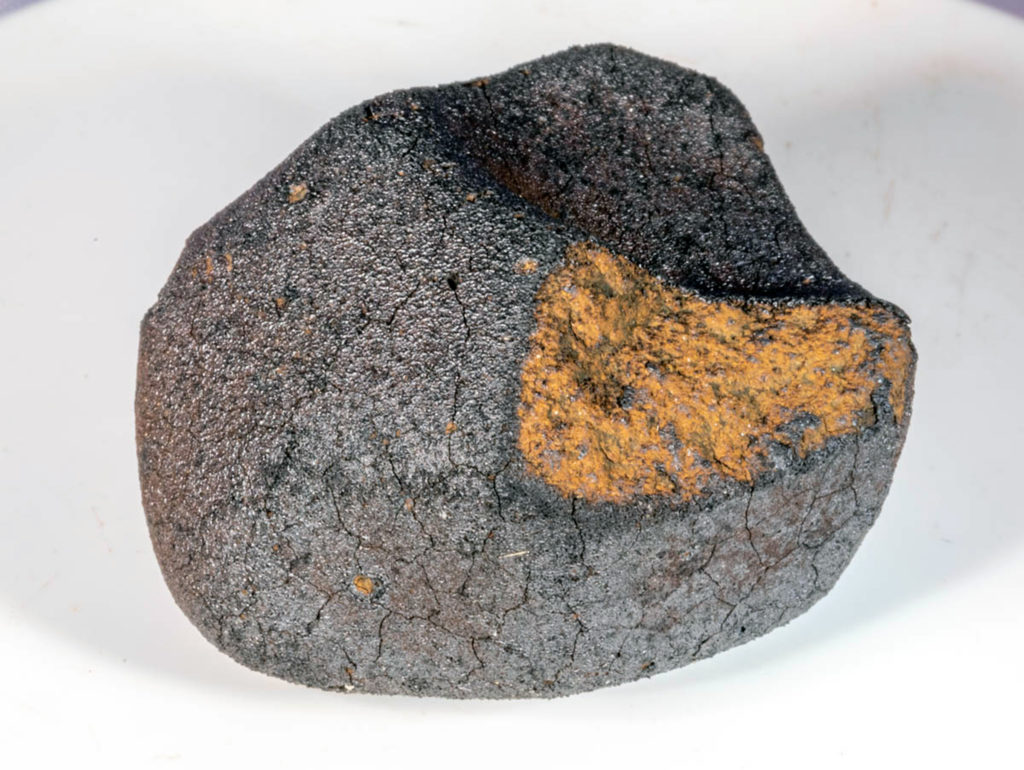Carbon and oxygen isotope evidence for a protoplanetary disk origin of organic solids in meteorites
William M. Lawrence, Geoffrey A. Blake, and John Eiler
PNAS, June 2, 2025, 122 (24)
“Macromolecular organic solids found in primitive meteorites were the main source of carbon delivered to forming planets in the early Solar System. However, the conditions under which this material formed and its subsequent incorporation into growing planetesimals remains a subject of vigorous debate. Here, we show that C isotope variations among these organics in most carbonaceous chondrites are strongly correlated with mass-independent O isotope anomalies exhibited by their host meteorites. As the latter signature has been argued to track abundances of nebular water generated from photochemical processing of CO gas, the C isotope variability of refractory organic solids may relate to this same process. We propose a framework in which CO photolysis simultaneously produces H2O and generates a pool of C+ ions that serve as precursors for C-rich organic solids, with their C isotope compositions suggesting formation over a relatively narrow and warm range of temperatures in the protoplanetary disk (~200 to 400 K). Two populations of organic precursors with different C isotope compositions became associated with distinct dust reservoirs prior to their delivery to the carbonaceous-chondrite-forming region, which likely resided at lower temperatures (<170 K). This finding places detailed constraints on the location and distribution of chemical reactions that generated both water and organic-rich reservoirs in the early Solar System.”

